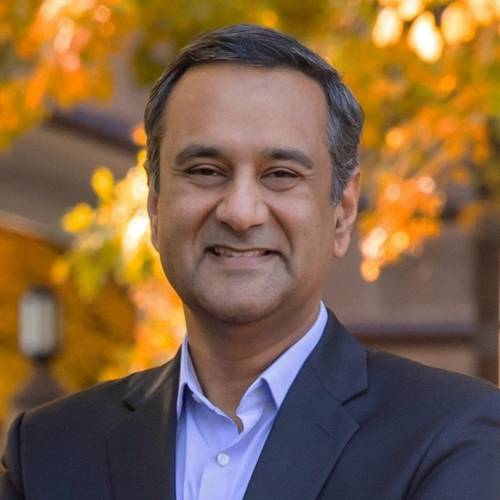About This Webinar
Histopathology underpins many diagnostic tests and research in solid tissues. The recognition of important tissue structures and disease progression is typically conducted by examining morphology and physical organization in stained samples. Emerging techniques seek to record both this morphology and new information, such as chemical content within tissues, to provide improved recognition in disease and development. IR spectroscopy is a long-established tool for molecular analyses in the chemical sciences.
Harnessing IR spectroscopy in a microscopy format presents challenges that necessitate a trade-off between signal to noise ratio, speed of data recording, extent molecular content, and spatial localization. This presentation will explore each of the axes to show how emerging techniques can provide practical solutions for pathology. First, Bhargava addresses the challenge of recording high fidelity data in reasonable times to scan large tissue samples with high spectral content. Secondly, he shares on the use of integrated machine learning to provide new insights as well as improve performance. Finally, he covers several applications in which IR imaging can provide actionable information by combining the spatial and chemical properties of tissue.
*** This presentation premiered during the
2023 BioPhotonics Conference. For more information on Photonics Media conferences and summits, visit
events.photonics.com.
About the presenter

Rohit Bhargava, Ph.D., serves as Grainger Distinguished Chair in Engineering and director of the Cancer Center at Illinois of the University of Illinois at Urbana-Champaign. Bhargava is widely recognized for his research on chemical imaging and advances in theory, instrumentation, and applications of this emerging technology. Using artificial intelligence techniques, his work focuses on enabling all-digital, chemical histopathology for augmenting diagnoses and decision-making. Bhargava has also served to advance interdisciplinary programs that help develop basic science and engineering approaches relevant to health.
He was the first external hire in the then-new bioengineering department at Illinois, part of the founding committees of the Carle Illinois College of Medicine that is the first engineering-based college of medicine, started the NIH T32-supported tissue microenvironment training program and proposed the Cancer Center at Illinois that is now a university-wide basic research institute at the convergence of basic science, engineering and oncology. Bhargava graduated with a B.Tech. dual-degree from the Indian Institute of Technology, New Delhi (1996) and received a doctoral degree from Case Western Reserve University (2000). After postdoctoral research at the National Institutes of Health, he has been at Illinois as assistant (2005-2011), associate (2011-2012) and full (2012-) Professor.